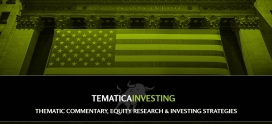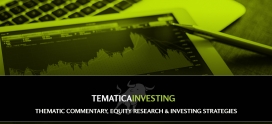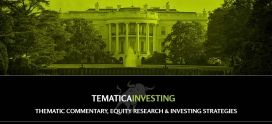Special Alert: Using overreaction to Fiber to scale our DY position
Using the Overreaction to Google Fiber to Scale our Dycom (DY) Position
Yesterday our shares of Dycom fell more than 14% following a blog post by that it would pause the expansion of its Google Fiber offering to potential fiber cities as it “refines its approach.” Alphabet (GOOGL)
We’d note this “news” from Alphabet is not exactly new information, as 2 months ago Alphabet announced it was scaling back Google Fiber with planned headcount reductions. It was also noted at the time that Google Fiber would change its name to Access and likely convert to wireless technology.
We see last night’s blog post by Alphabet as the formal announcement. This pause which pushes out any deployment in 10 potential cities does not impact planned Fiber deployments in Huntsville, Alabama; Irvine, California; San Antonio, Texas; and Louisville, Kentucky.
While this is likely to be a bump in the road for Google Fiber’s — now Access — spending on expanding existing network capacity, as well as preparation for next generation network technologies continues at Dycom’s core customers AT&T (T), Verizon (VZ), and Comcast (CMCSA). In particular, both Comcast and AT&T increased their capital spending in the low double-digits range on a year over year basis in the September quarter. In total, those three customers accounted for 54% of Dycom’s June quarter revenue and Dycom’s #3 customer, CenturyLink (CTL), is set to report its quarterly results on next week (Nov. 2nd), and we expect its spending to be up year over year as well.
Rounding out Dycom’s top six customers are Windstream Communications and Charter Communications, which when combined with the prior four customers account for roughly 79% of Dycom’s June quarter revenue. The next largest individual customer is “Unnamed Customer”, but is likely Alphabet at just 3.6 percent of June quarter revenue. We’d note this Unnamed Customer accounted for just over 6 percent of revenue over the prior 12 months.
The bottom line is that Alphabet is likely to be a relatively small customer for Dycom, and we see the drop in the share price over the last 24 hours, not to mention the larger 20 percent drop in the shares since the news of Google Fiber’s issues were first reported two months ago, to be an overreaction to what is likely to be at worst a modest reduction to Dycom’s outlook over the coming year. We attribute this overreaction in part to the current market mood this earnings season that is looking more and more like a shoot first and ask questions later one.
Given the continuing shift toward the digital lifestyle and mobile data consumption that is pressuring network capacity and resulting in next generation deployments, we continue to see a bright outlook for Dycom. Moreover, given its experience in mobile network infrastructure, we suspect that when Alphabet Access deploys its wireless solutions the odds are high Dycom will be the contractor of choice.
The Bottomline on Dycom Industries (DY)
- We are scaling into the Dycom (DY) position, which closed at $72.50 per share yesterday, on the Tematica Select List at current levels.
- The move will add to the initial DY position we took on September 14, 2016 and significantly reduces our cost basis.
- As we do so, we will also put a $65 stop loss in place.
- Our price target remains $115.

Chris Versace
Chief Investment Officer
Tematica Research, LLC




